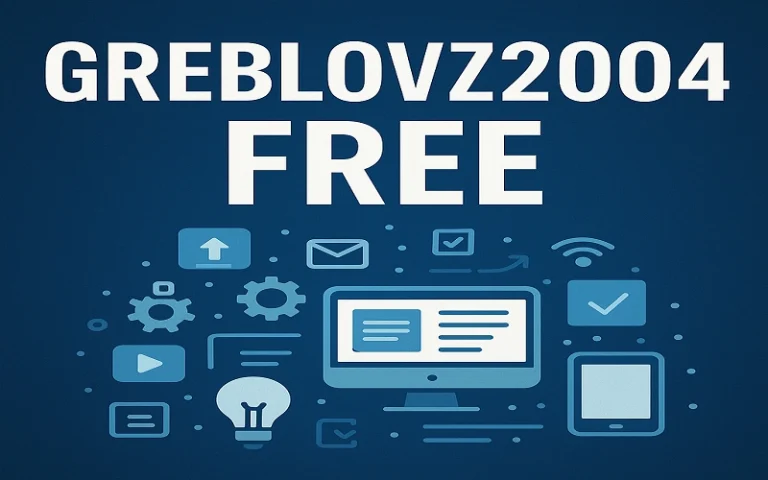The digital world is full of odd-looking strings and codes that often go unnoticed by everyday users. One such code is dnoga1b2c3d4. It might look like a random mix of letters and numbers, but this sequence could have real relevance in various tech environments. Whether you’re a developer, researcher, or simply curious, understanding what dnoga1b2c3d4 might mean is a fascinating dive into how data and software systems operate.
What is dnoga1b2c3d4?
At first glance, dnoga1b2c3d4 seems like a cryptic, auto-generated string. And in many cases, that’s exactly what it is—a unique identifier created for internal purposes. It could be tied to user sessions, system logs, database entries, or even temporary filenames. These identifiers are not always meant to be human-readable but are crucial for tracking, debugging, and managing backend systems.
Common Uses of Codes Like dnoga1b2c3d4
1. Session Tracking
In web development, strings like dnoga1b2c3d4 help track individual users across sessions. When you log in to a website, your session ID could resemble this format, maintaining your connection to the server.
2. Error Logging and Debugging
If you’ve seen dnoga1b2c3d4 appear in an error message or log file, it’s probably acting as a reference for developers. These tags allow engineers to trace a bug to a specific event or request.
3. Database Keys
Modern databases often assign randomized keys to protect user identity. A row in a table could be identified by a string like dnoga1b2c3d4, ensuring no sensitive data is exposed in transit.
4. API Tokens and Keys
In APIs and secure communications, short alphanumeric codes such as dnoga1b2c3d4 might be a part of a larger authentication token, acting as a unique reference to a user or client system.
Why Use a String Like dnoga1b2c3d4?
These codes are often:
-
Unique: Ensures no two users or sessions overlap.
-
Obfuscated: Difficult to guess, enhancing security.
-
Short: Easier to store and manage than long descriptive IDs.
dnoga1b2c3d4 is most likely auto-generated by a system using a set pattern of random characters. This method reduces the risk of duplication and makes the string safe for backend usage.
Is dnoga1b2c3d4 Dangerous?
In itself, dnoga1b2c3d4 poses no threat. It’s not a virus, malware, or suspicious file. However, where it appears matters. If you see it in legitimate software or web tools, it’s probably safe. If it shows up in unsolicited emails or unknown file downloads, it’s better to be cautious.
Where Might You See dnoga1b2c3d4?
-
Inside software or app debug logs
-
In browser storage or cookies
-
In form submissions
-
In user profile links or file paths
In each of these cases, dnoga1b2c3d4 serves a background role, helping systems function smoothly without exposing identifiable details.
Is dnoga1b2c3d4 Reused?
Typically, strings like dnoga1b2c3d4 are generated once and assigned to a unique event, object, or user. However, depending on the application, they might be recycled or reused for testing purposes in development environments.
Final Thoughts
The tech world runs on hidden gears and mechanisms, and dnoga1b2c3d4 is one of those small yet crucial cogs. It may look meaningless, but behind the scenes, it could be helping your favorite software remember who you are, log your experience, or protect your data. Understanding such terms gives us a better appreciation of how complex and secure our digital ecosystems truly are.







Leave a Reply